Best trek during Dashain and Tihar 2025
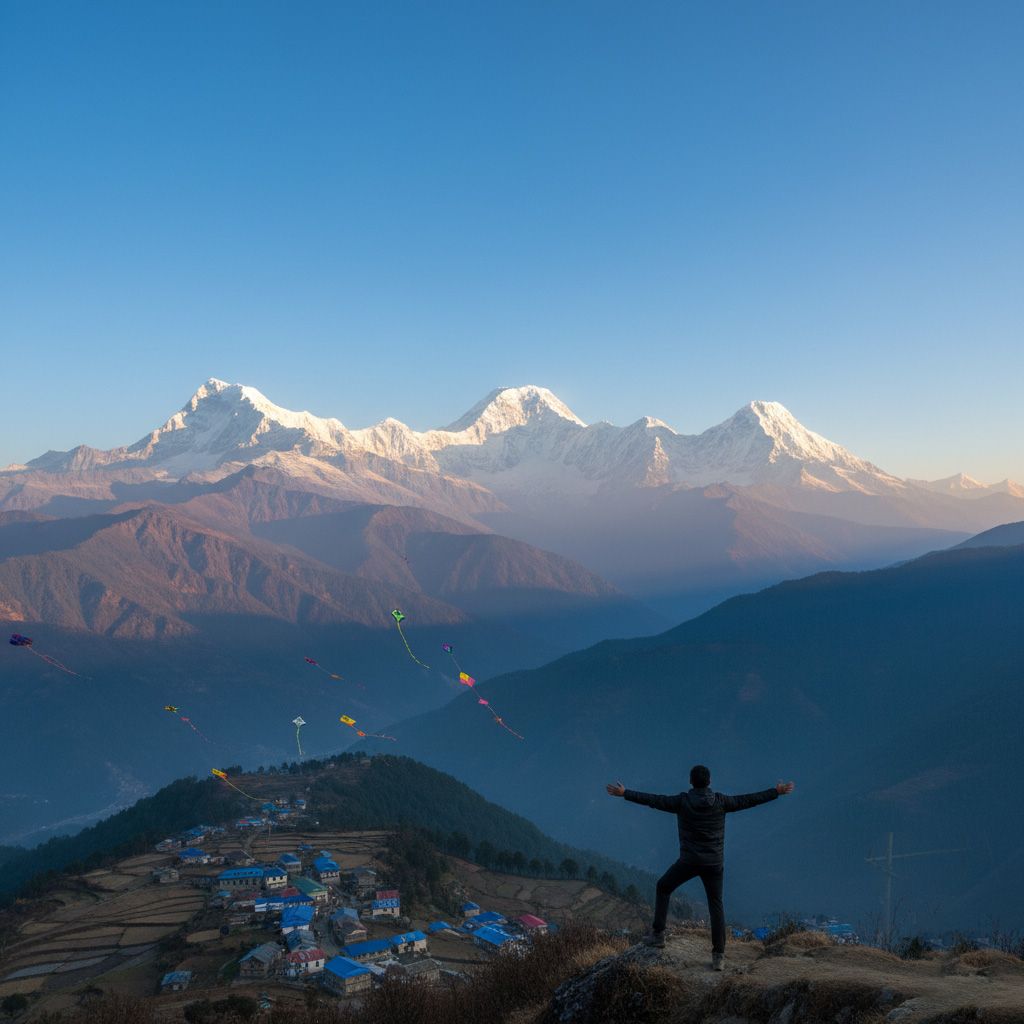
As Dashain and Tihar approach, the monsoon leaves and Nepal welcomes autumn with sunny weather and crisp mountain air—perfect for trekking. The festivities are long holidays, enabling families to gather for blessings but also for travel. It is the best time of year for many to plan unforgettable Nepal treks.
Dashain month, end of September to October, is the same period when Nepal experiences its best months for trekking. Trails are dry, skies are blue, and the Himalayas stretch out dazzling landscapes. Popular trails such as the Annapurna Base Camp Trek, Everest Base Camp Trek, and Langtang Valley Trek are teeming with trekkers from the local community and beyond who are eager to avail themselves of the favorable temperatures and breathtaking views. Shorter versions like the Ghorepani Poon Hill Trek or Mardi Himal Trek are perfect for families or first-time trekkers who want to have great views without too many travel days.
Tihar comes after Dashain and presents yet another opportunity for adventure. Most visitors link the holidays together to travel to several areas, from the snowy mountain peaks of the Everest region to the tranquil trails of the Manaslu Circuit or the picturesque trails around Mustang. Every trek offers a different combination of nature and culture—timeless villages, centuries-old monasteries, and intimate views of the world's highest peaks.
To trek in Nepal during Dashain and Tihar is to do more than make memories that will last a lifetime. It benefits local tourism, brings revenue to guides, porters, and small lodges, and boosts rural economies. Local tourists staying within Nepal throughout their holiday contribute to the GDP of the nation while experiencing cheap trips. Warm locals and genuine hospitality add joy to every trek.
One does not need to travel overseas while Nepal's treks are some of the best in the world. Bring your camera, snap the breathtaking Himalayan vistas, and pass it around. Your words and images can invite more travelers, promoting Nepal globally as a world-class trekking destination.
This Dashain and Tihar, fill your boots and head to the hills. From gentle scenic strolls to demanding high-altitude expeditions, Nepal treks have scenery, culture, and adventure to match any foreign holiday—and with a bonus of supporting the communities whose lands these trails pass through.
Why Trek in Nepal During Dashain and Tihar 2025?
Nepal is most charming during Dashain and Tihar, which is the ideal time for trekking in 2025. The monsoon clouds have parted, the skies are clear, and the Himalayan peaks and hills appear breathtaking. Trekking during this period provides not just picturesque scenery but also an opportunity to observe Nepalese culture and festivities. Dashain celebrates the victory of good over evil, with locals making offerings and prayers, while Tihar lights up villages with oil lamps, song, and celebratory festivities. The weather is cool and comfortable, ideal for longer treks without the usual throng, giving visitors a serene yet thrilling getaway. Trekking during this festival period also provides a chance for tourists to engage with the locals, learn about their culture and traditions, and how the festivals are celebrated in the rural villages, adding a cultural element to the journey.
Best Treks in Nepal for Dashain and Tihar 2025
Nepal offers an excellent range of treks suitable for Dashain and Tihar 2025 for every kind of trekker. It has short scenic treks like Khumai Danda and Sailung with gentle walks and stunning Himalayan and hill views, and longer treks like Tsum Valley, Rara Lake, Panch Pokhari, Jarsing Pauwa, Ama Yangri, and Ruby Valley that take you through beautiful villages, lush forests, and lofty passes. The treks here combine nature, culture, and festivals, and offer an adventure and enrichment for trekkers. Tea house and lodge accommodation is comfortable and affordable, and trekking the festivals is a form of support to local tourism, bringing income to villagers and preserving traditional culture. Whether it is a short trek or long trek, Nepal during Dashain and Tihar promises stunning landscapes, festival enchantment, and a very rich Himalayan experience.
Below are the best treks to enjoy during the Dashain and Tihar holidays. The clear autumn skies and cool weather make this season perfect for hiking while supporting local tourism and helping communities earn a living.
Panch Pokhari Trek
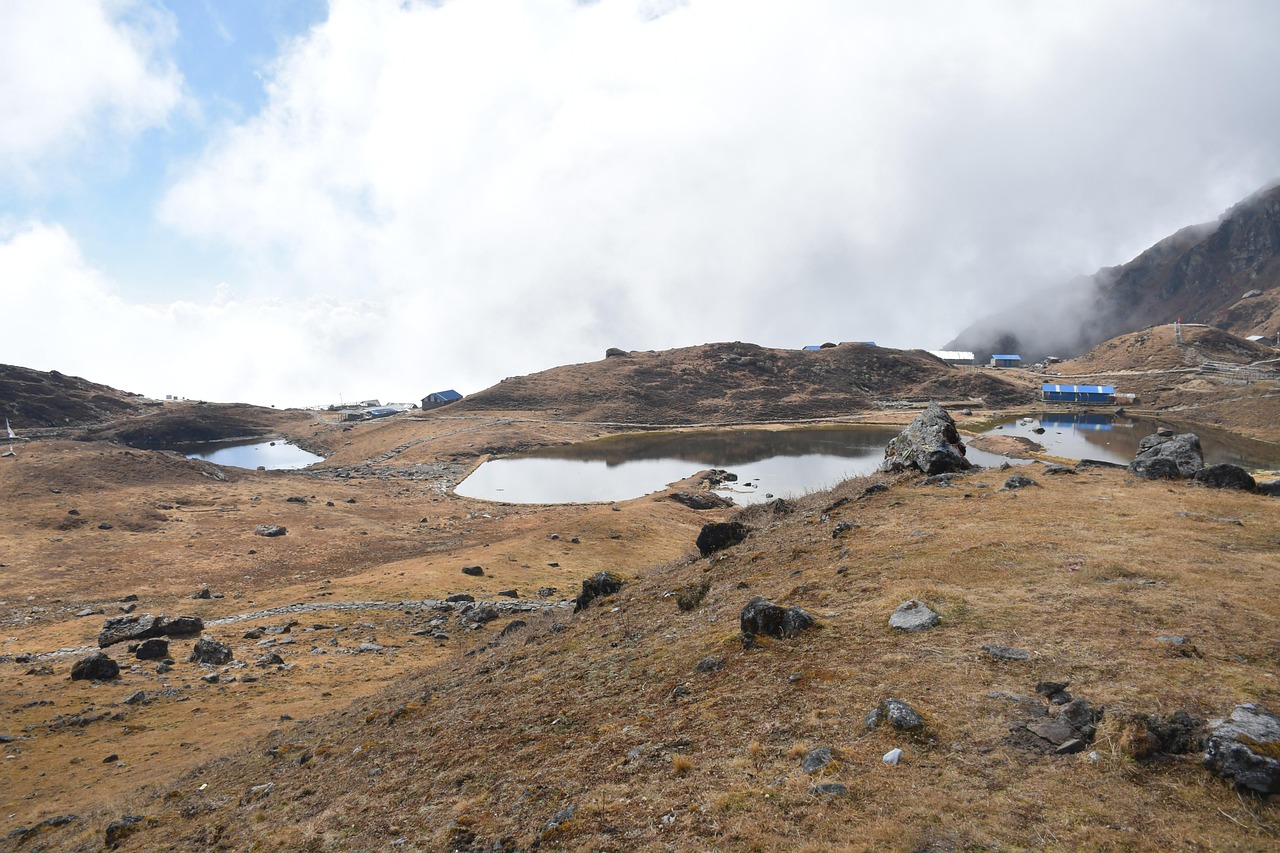
Panch Pokhari Trek is one of the short and mesmerizing treks in Nepal, perfectly suited during Dashain or Tihar holidays. Situated in Nepal's northeastern Himalayas, it is a moderate trek offering stunning Himalayan landscapes, sacred lakes and temples, and genuine experiences of Nepalese rural culture. The whole route is about 65 km long, at a maximum altitude of 4,100 meters at Panch Pokhari, where local devotees come to make prayers and experience the spiritual wonder of the place.
This trek typically takes 7–8 days and begins from Sankhuwasabha,Eastern Nepal which can be reached by bus or private vehicle from Kathmandu in 7–8 hours. The trek passes through beautiful scenic villages of Tamang, Limbu and Rai during the trek, with traditional lifestyle, rich culture, and local festivals offering a special trekking experience. The trek also showcases the terraced fields, rhododendron forests, and glacial lakes, providing a feast to eyes for national as well as international travelers.
Accommodation also available in cozy tea houses and lodges, where meals and accommodation cost around $15–25 a day. Guide, porter, food, and transport included, the total cost of trekking is generally $250–350 per person, hence very affordable for the individual who desires a Nepal trekking experience.
Basic gear includes trekking shoes, cold-climate gear, rucksack, and poles for higher altitudes. This trek not only offers adventure but also encourages rural people to engage in local tourism to earn a livelihood without compromising their cultural heritage.
For all those who are looking for a mix of stunning Himalayan scenery, spiritual indulgence, and indigenous village life, the Panch Pokhari Trek is the best trek in Nepal during Dashain and Tihar, an experience in itself in the midst of the Himalayas.
Sailung Trek
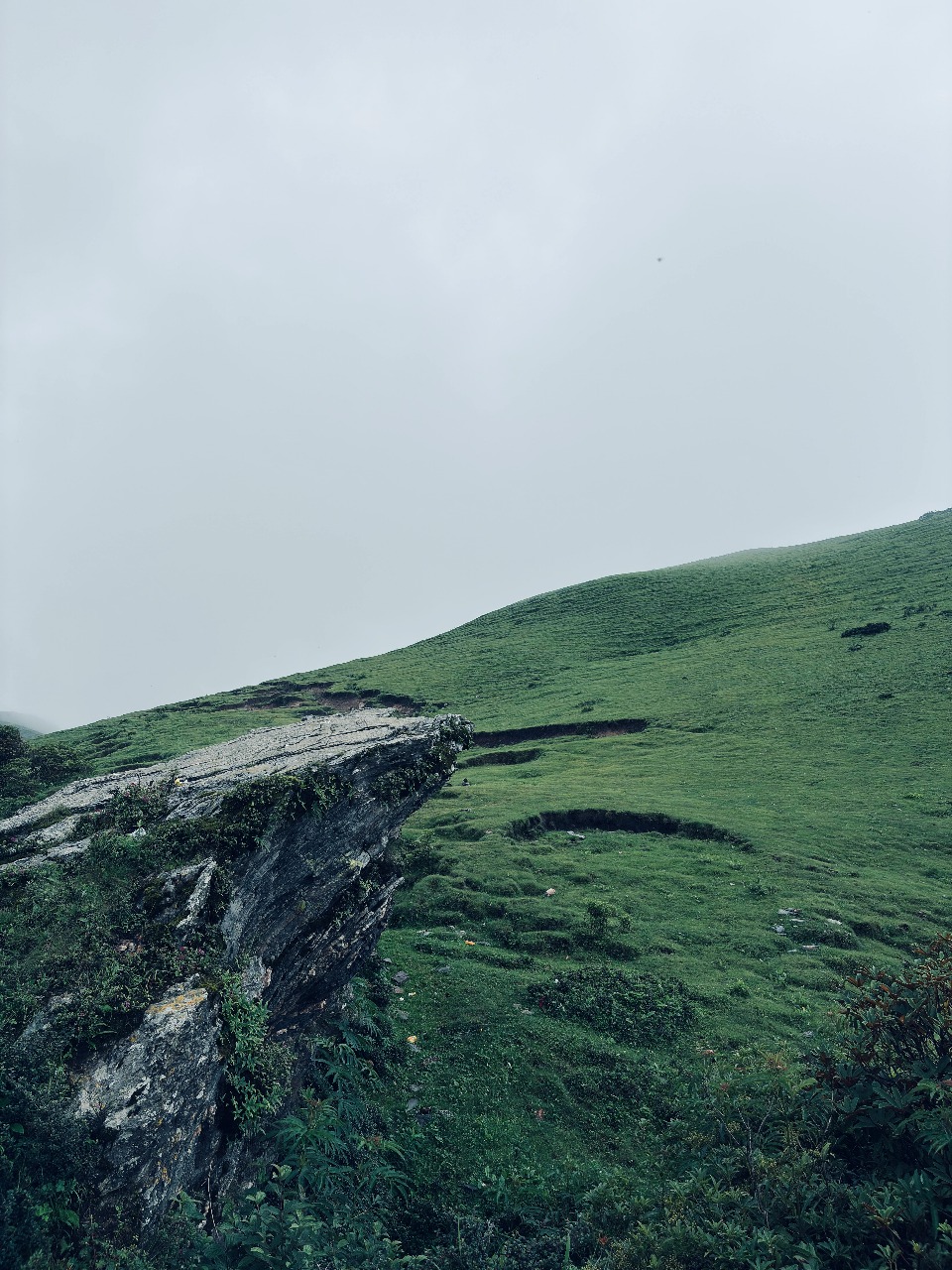
Sailung Trek is a beautiful trek in Nepal for the Dashain and Tihar vacations. Fall is the season of clear blue skies, crisp air, and breathtaking views of the Himalayas and green hills. It's an excellent trek for nature lovers, photographers, and those who need a peaceful mountain get-away.
It usually takes 5–6 days. The trek passes through villages, fields of terraces, and rhododendron forests and village birds. You will see welcoming villages, like the Rai and Limbu people, and can experience traditional Nepalese life closely. Villages adorn themselves, celebrate rituals, and conduct festivities during Dashain and Tihar, giving your trek an additional cultural experience. Dashain is the victory of good over evil, and Tihar is a festival of light, family, and gratitude.
Accommodation is in simple tea houses and lodges, costing around $10–20 daily. The total cost of the trek, including food, guide, and transport, is around $150–250 per person, which is affordable to local and international visitors alike. Essential items are hiking boots, warm dress, rucksack, and trekking poles for steeper sections.
Sailung trek offers stunning Himalayan views, peaceful hills, and beautiful dense forest. The small monasteries and shrines en route to the trekkers show the religious and cultural importance of the region. Trekking here also contributes to the livelihood of the villagers and local tourism.
If you prefer a brief, comfortable, and picturesque hike during Dashain or Tihar, then the Sailung Trek is ideal. You get to experience nature, culture, and mountains in one go while gaining exposure to the hospitality and culture of Nepal.
Jarsing Pauwa Trek
Jarsing Pauwa Trek is a peaceful and scenic trek in Nepal, which is ideal during a Dashain or Tihar trek when the autumn weather is clear and crisp. This trek lasts approximately 5–6 days and covers approximately 40–45 km, giving trekkers moderate trails through green hills, forests, and sparkling rivers.
During the journey, trekkers walk through Rai and Limbu villages, providing insights into life in villages, local traditions, and friendly hospitality. Trekking at festival time allows witnessing Dashain rituals to celebrate victory of goodness over wickedness and Tihar celebrations with lights, music, and celebrations, making the trek culturally rich.
Accommodation is available in tea houses and lodges and ranges from $10–20 a day, with the entire trek with food, guide, and transport ranging around $150–250 per person, and therefore comparatively inexpensive as an adventure. Essential things to pack during the trek include trekking boots, warm clothing, a rucksack, and trekking poles for the steeper sections.
This trek offers visitors with breathtaking Himalayan beauty and hill scenery, lush forests, and high hill landscapes, and also impacts the local economy positively through the promotion of tourism, facilitating communities to earn their living. In case one needs a short, scenic, and culturally relevant trekking trip, then Jarsing Pauwa Trek is an excellent blend of adventure, nature, and Nepali culture during festival seasons.
Ama Yangri Trek
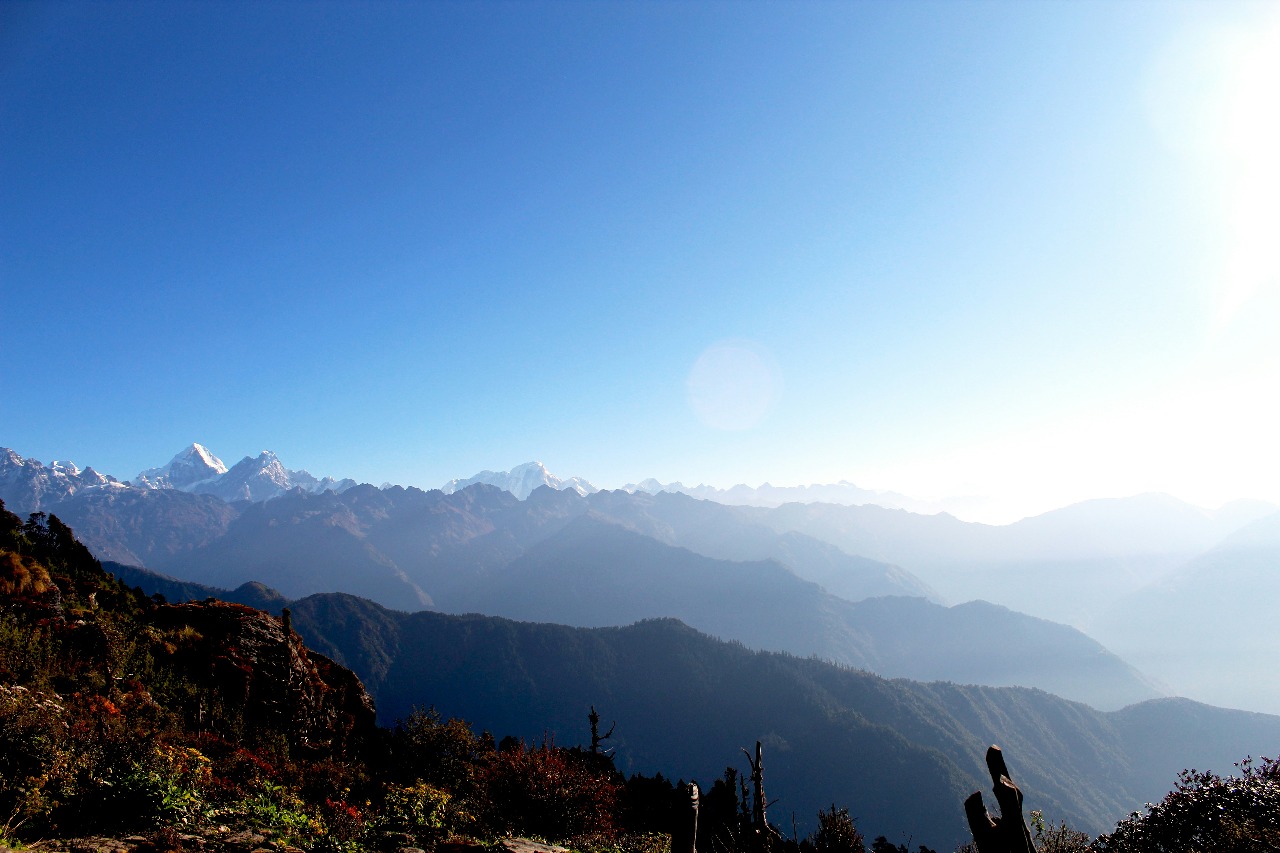
Ama Yangri Trek is one of Nepal's stunning treks with an equal blend of adventure, culture, and nature, and hence ideal for Dashain and Tihar trek. The trek takes 6–7 days and measures around 50 km, with the highest elevation being 3,900 meters and offering stunning Himalayan views over rolling hills and terraces of fields.
This hike passes through peaceful forests, rivers, and villages of Rai and Limbu settlements where one can witness local culture and life up close. Traveling during festival seasons provides a firsthand experience of witnessing Dashain religious ceremonies, celebrating good vs. evil, and Tihar, which focuses on family worship and lighting lamps, providing a unique cultural encounter.
Overnight accommodation is agreeable in tea houses and lodges for a price of $15–25 per day, and with food, guide, and transport included, the total trekking price is approximately $200–300 per person. Basic gear is trekking boots, warm clothing, rucksack, and poles for upper trails.
This trek, though offering serene hills, Himalayan mountain vista laden with snow, and beautiful forests, also serves to encourage local tourism, helping villagers to keep their means of livelihood and protect cultural heritage. For travelers seeking an integrated cultural and breathtakingly scenic trek in Nepal during Dashain and Tihar, the Ama Yangri Trek is a guarantee of a once-in-a-lifetime journey into nature and culture.
Khumai Danda Trek
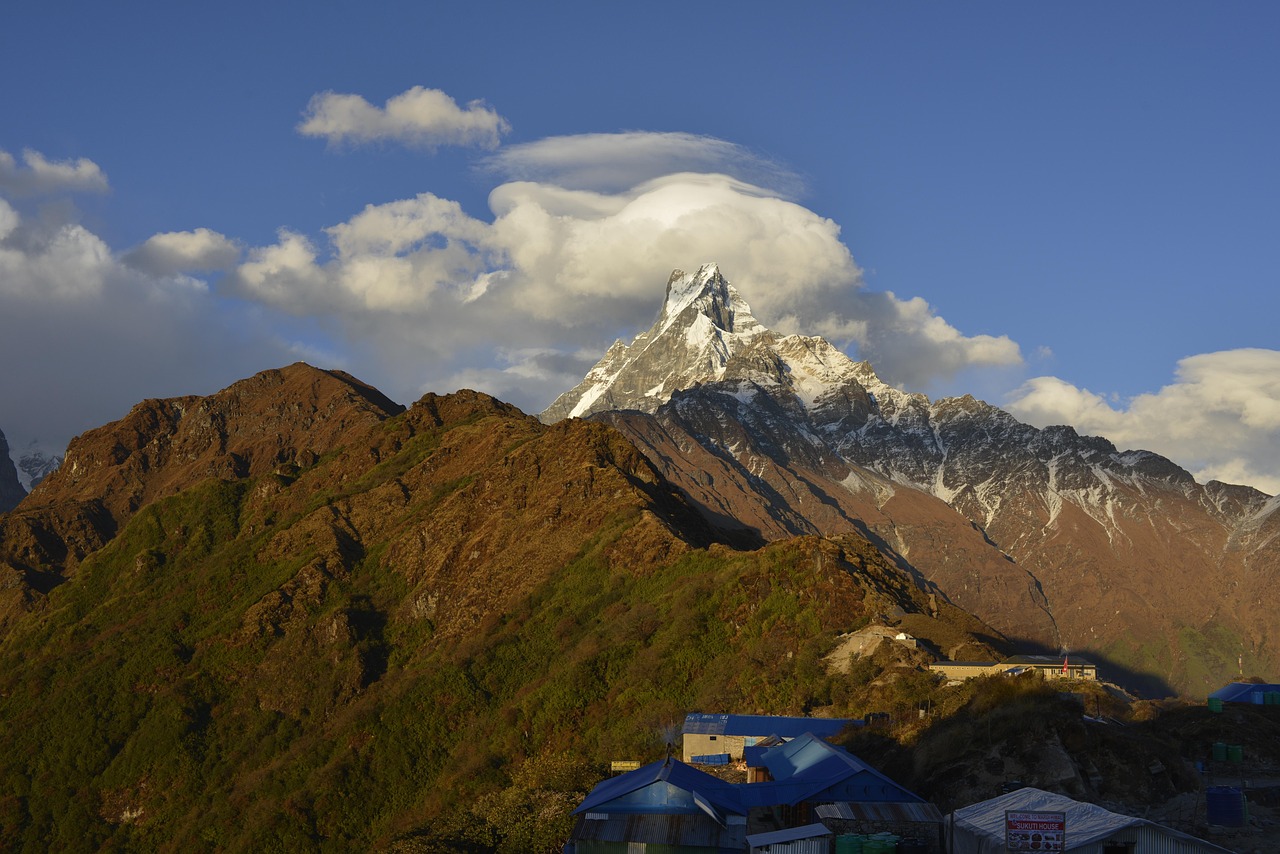
Rise to the golden dawn of Pokhara valley and the Himalayan ranges towering in the background—such is the beauty of the Khumai Danda Trek. The perfect Dashain or Tihar trek, the trek takes 5–6 days, winding through rolling hills, terraced fields, and lush forests that seem untouched by time.
The route, the villagers, Gurung and Magar, with their warm smiles make you feel at home, and if you hike the festivals, the air resonates with the joyful sounds of Dashain ceremonies and Tihar lights, each village a celebration of culture, family, and tradition.
Accommodation at tea houses and lodges on overnight trips is about $10–20 per day, and including food, guide, and transport, the whole trek comes to about $150–250 per person, which is a cheap vacation in nature and culture.
Trekking shoes, warm clothes, and a rucksack are a few of the necessities that will ensure a comfortable and safe journey. Apart from the stunning Himalayan and hill landscapes, this trek encourages local tourism, which enables the villagers to remain living their life while sharing their culture. The Khumai Danda Trek is more than a trek but a genuine experience that interweaves nature, culture, and festive hospitality into a lifelong memory.
Ruby Valley Trek
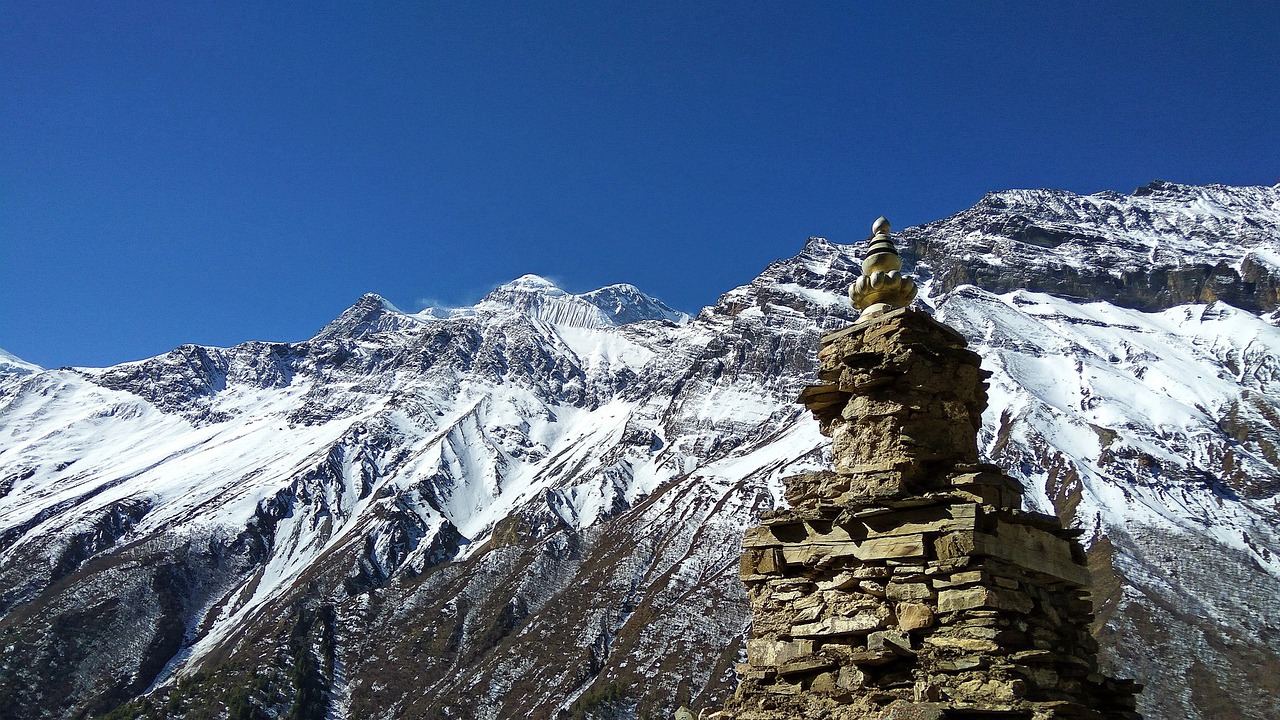
Step into a realm where hills tell stories, rivers shine under autumn skies, and villages celebrate life with Dashain and Tihar—that's what the Ruby Valley Trek is all about. In 6–7 days and around 50 km, trekkers get to see picturesque forests, rolling hills, and breathtaking Himalayan vistas.
The trail passes through traditional Rai and Limbu villages, with the locals welcoming you into their homes, sharing their stories, and letting you witness vibrant festival celebrations. The festival season adds a magical flavor to the journey, where Dashain is the triumph of good over evil and Tihar is the festival of lights, family joys, and a sense of unity.
Accommodation is cozy in tea houses and lodges, which are $15–25 a day, and the whole trek, including guide, food, and transportation, comes to around $200–300 per person. The fundamentals of warm clothes, trekking boots, backpack, and trekking poles prepare you for the journey ahead.
The Ruby Valley Trek is not only about landscapes, but it's a cultural experience, a spiritual one, and also encourages local tourism, which enables the villagers to persist with their livelihood. For adventure seekers seeking a festival-season Nepal trek that offers the right blend of culture, Himalayan scenery, and thrill, Ruby Valley will be an experience etched in the heart.
Tsum Valley Trek
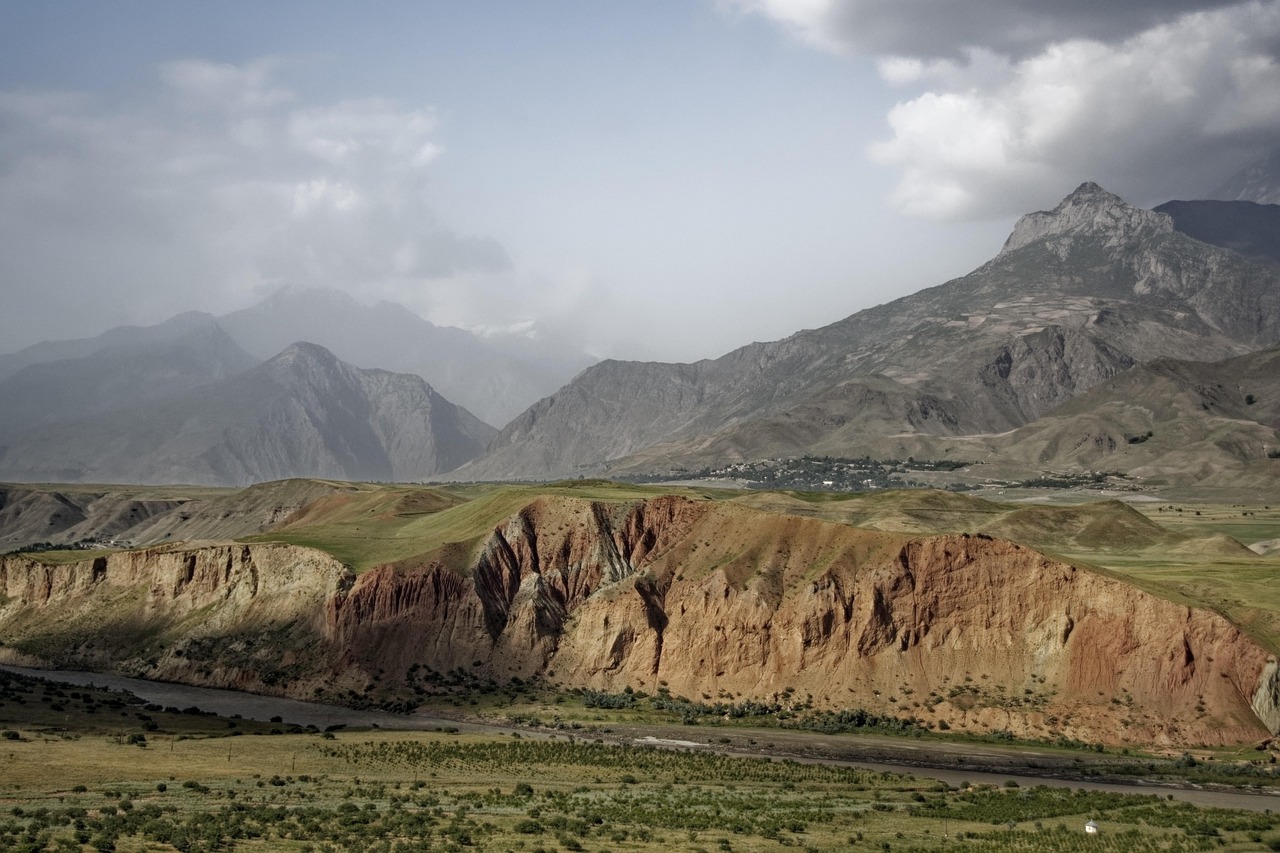
The Tsum Valley Trek is a religious trek to one of Nepal's most remote and purest regions, perfect for a Dashain or Tihar trek with a combination of culture and adventure. The 9–10 day trek is a bumpy ride through rolling hills, thick forests, and serene rivers, gradually ascending to 4,500 meters, where snow-covered mountains dominate the scenery.
This valley is home to ancient Tibetan Buddhist communities, whose monasteries, prayer flags, and uncomplicated lifestyles offer travelers a profound glimpse of spiritual Nepal. Trekking at festival time is also imbued with an extra dimension of beauty as locals observe Dashain with traditional rituals and Tihar with lights, music, and family visits, making the trek both visually exciting and culturally rewarding.
Accommodation is primarily in tea houses and lodges, which are around $15–25 per day, and the total expense of the trek, including food, guide, and transport, amounts to about $300–400 per person. Some of the necessities include trekking boots, warm clothing, a backpack, and trekking poles.
Besides the stunning Himalayan landscape and lush forests, the trek also assists in promoting local tourism since villagers can preserve their culture and livelihood. Tsum Valley Trek
The Tsum Valley Trek is a discovery, spiritual, and adventure journey perfect for those travelers who seek an emotional and unforgettable Himalayan experience during Nepal's festive season.
Rara Lake Trek
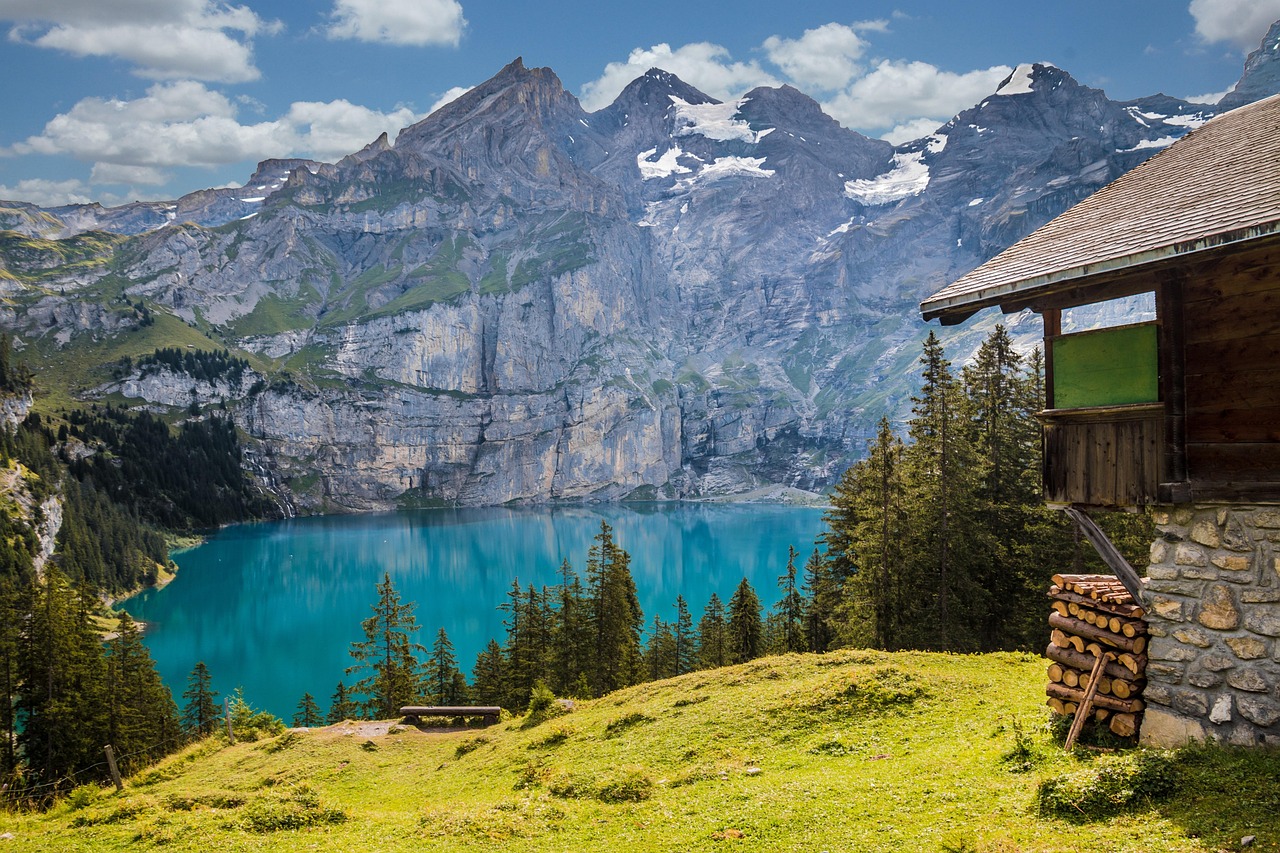
The Rara Lake Trek takes you to the crystal-clear waters of Rara Lake, Nepal's highest and largest lake, with a guarantee of an out-of-the-ordinary trek in Nepal experience during Dashain and Tihar. This trek would normally last 7–8 days, covering 55–60 km of rolling hills, dense forests, and alpine meadows, going up to elevations of nearly 3,500 meters.
The sparkling turquoise lake surrounded by snow-capped mountains makes it a fairy-tale ambiance for trekkers in search of nature and seclusion. Villages along the way open up rural settlements to visitors, where you can see traditional lifestyles, vibrant festivals, and warm hospitality.
Dashain and Tihar give the trek a different flavor, with decorated homes, cultural traditions, and celebratory get-togethers adding to the richness of the trekking experience. Accommodation is available in tea houses and lodges at a cost of around $15–25 per day, and the total cost of the trek with food, guide, and transport is around $250–350 per person. Minimum trek equipment required is warm clothing, trek boots, backpack, and sticks for the upper trails.
Not only does the journey reward visitors with breathtaking Himalayan and hill vistas, peaceful landscapes, and serene lakes, but it also promotes local tourism, supporting villagers and helping preserve cultural heritage. For those interested in a festival-season Nepal trek that combines adventure, scenery, and culture, the Rara Lake Trek is a memorable, soul-stirring experience.
Conclusion
Nepal is full of natural beauty, culture, and adventure. There’s no better time to experience it than during Dashain and Tihar. These festive seasons bring warmth, joy, and a special cultural charm to every part of the country, making trekking an unforgettable journey.
From the peaceful hills of Khumai Danda near Pokhara to the sacred lakes of Panch Pokhari, the lively villages along Jarsing Pauwa and Ama Yangri, the hidden beauty of Sailung, the picturesque Ruby Valley, the mystical Tsum Valley, and the clear waters of Rara Lake, each trek offers a unique adventure. Trekkers enjoy stunning views of the Himalayas and hills, lush forests, and rolling pastures. They can also immerse themselves in local communities, traditional ways of life, and festival celebrations.
With affordable lodging in tea houses and lodges, reasonable costs, and easy-to-navigate trails, these treks provide both adventure and cultural richness while supporting local tourism and the livelihoods of villagers. Whether it’s a short Dashain trek near Pokhara or a longer journey into remote valleys, Nepal’s trails promise beautiful scenery, festive spirit, and a meaningful experience, making the country a must-visit destination for travelers seeking nature, culture, and Himalayan adventure.
FAQs about Dashain and Tihar Treks in Nepal.
Why is Dashain and Tihar the best time to trek in Nepal?
Dashain and Tihar fall between September and November, when the monsoon clouds have cleared. The skies are bright, the air is fresh, and Himalayan peaks and hills are visible, offering breathtaking views. The festive season also lets trekkers experience local culture, rituals, and celebrations along the trail.
What are the best treks in Nepal during Dashain and Tihar 2025?
Some of the best treks include Khumai Danda, Sailung, Panch Pokhari, Jarsing Pauwa, Ama Yangri, Ruby Valley, Tsum Valley, and Rara Lake. Each trek offers a unique combination of scenic landscapes, Himalayan views, local villages, and cultural experiences.
How many days do these treks usually take?
Treks range from 5–6 days for shorter routes like Khumai Danda or Sailung to 9–10 days for longer adventures like Tsum Valley or Rara Lake, giving trekkers a variety of options depending on time and fitness levels.
What is the approximate cost of trekking during Dashain and Tihar?
Costs vary depending on trek length and services, but generally range from $150–400 per person, covering tea house accommodation, food, guides, and transportation.
What should I pack for a Dashain and Tihar trek in Nepal?
Essential items include trekking boots, warm clothing, backpack, trekking poles, rain gear, and festival-appropriate clothing if you want to join local celebrations.
How do these treks support local communities?
By trekking during the festive season, travelers support local tourism, providing income to villagers, helping maintain tea houses, lodges, and traditional practices, and promoting Nepal’s natural and cultural heritage.
Ready to trek this Dashain and Tihar? Contact us to book your 2025 Nepal trekking adventure and celebrate the festivals in the Himalayas!
Recent Articles

Best trek during Dashain and Tihar 2025
Sep 23, 2025




